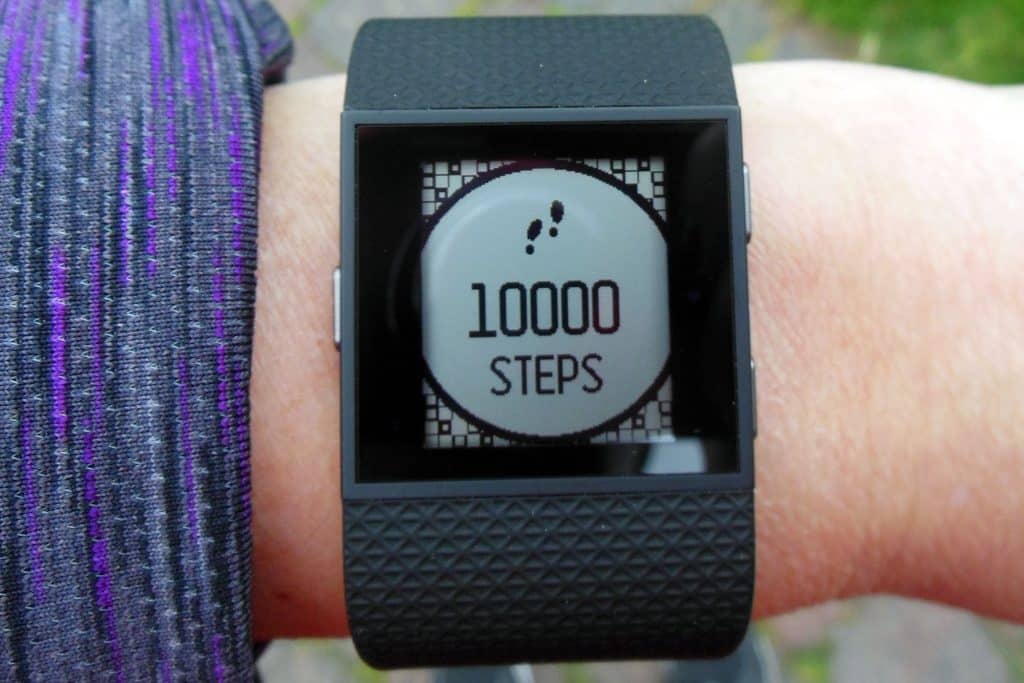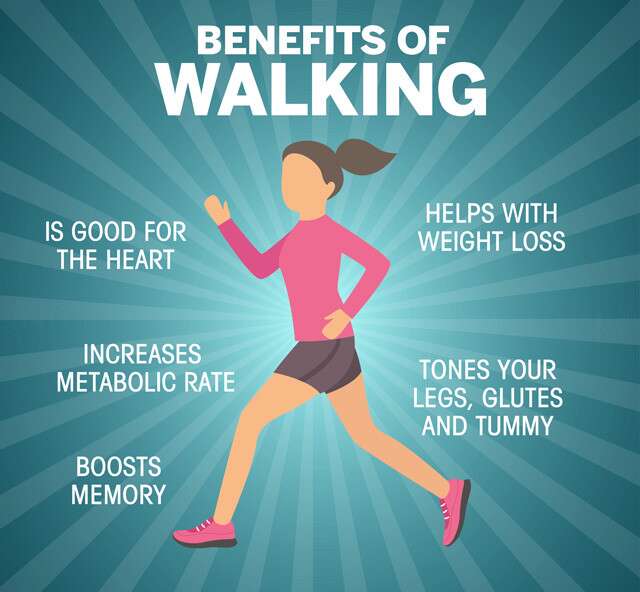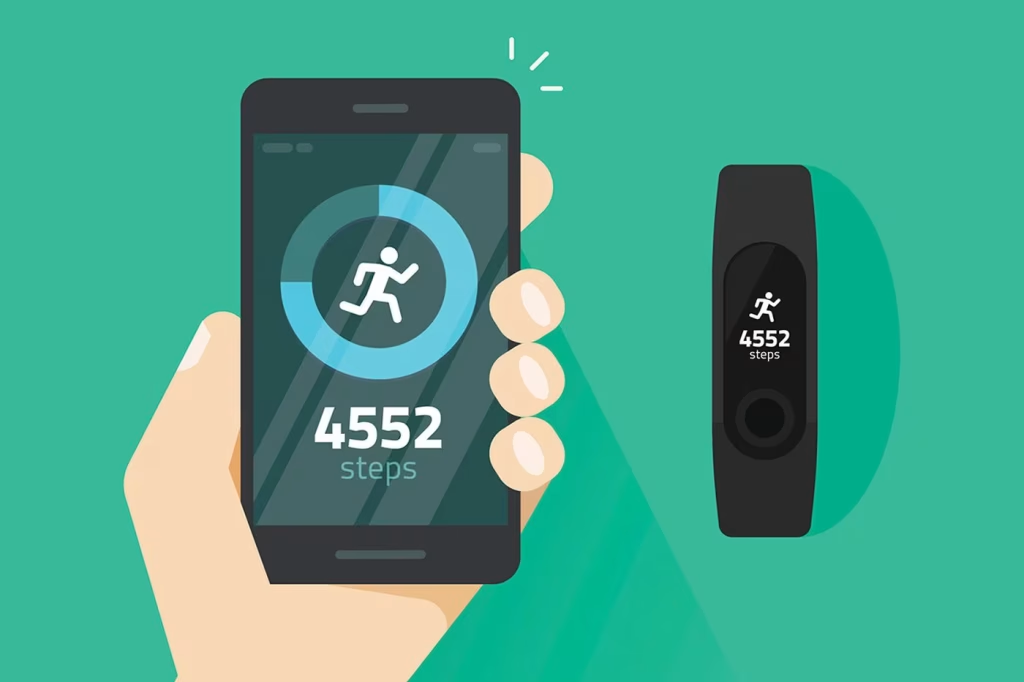The concept of having to walk 10,000 steps a day has become a widespread health mantra, often cited as the golden standard for maintaining an active lifestyle. Originating from Japan in the 1960s, this guideline has transcended cultures and continents, championed by fitness enthusiasts and wearable technology alike. Despite its popularity, questions arise about its necessity and scientific backing. Is achieving this numerical goal essential for good health, or is it a one-size-fits-all solution to a more complex issue? This post delves into the origins, benefits, and practicality of the 10,000-step goal, aiming to uncover whether it’s a must or a myth.
Contents
The Origins of the 10,000-Step Goal

The 10,000-step goal can trace its roots back to Japan in the early 1960s, particularly linked to a marketing campaign for a pedometer called the “manpo-kei,” which translates to “10,000 steps meter.” This device was among the first to promote the idea that walking 10,000 steps daily could significantly enhance one’s health. The concept quickly gained traction, appealing to a society keen on adopting efficient health practices. However, it’s crucial to note that the initial recommendation was not based on extensive scientific research but rather on a catchy, easy-to-remember number. This historical context raises questions about the validity of the 10,000-step goal as a universal health standard.
Despite its commercial origins, the 10,000-step goal has prompted numerous scientific studies to explore its health implications. Researchers have sought to understand whether this specific number holds a particular significance in improving cardiovascular health, weight management, and overall mortality rates. Some studies suggest positive correlations, indicating that higher step counts can lead to better health outcomes. Yet, it’s important to remember that these benefits are not exclusive to the 10,000-step mark, suggesting that the magic of this number may lie more in its motivational power than in any specific physiological effects.
Health Benefits of Walking

Walking is a low-impact, accessible form of exercise that boasts a wide array of health benefits. Regular walking sessions can improve cardiovascular health by lowering blood pressure and reducing the risk of heart disease. It also plays a crucial role in weight management by aiding in maintaining a healthy weight and combating obesity. Furthermore, walking can enhance muscle strength and endurance, contributing to overall physical well-being. These benefits are well-documented in scientific literature, underscoring walking’s status as a cornerstone of a healthy lifestyle.
In addition to physical health, walking significantly benefits mental health. Studies have shown that regular walking can decrease symptoms of depression and anxiety, improve mood, and boost self-esteem. The act of walking, especially in nature, has been linked to reduced stress levels and enhanced mental clarity. The psychological benefits of walking are as compelling as the physical ones, making it an all-encompassing activity for improving health and well-being. These findings support the notion that walking, irrespective of the exact step count, is a valuable and versatile activity for health maintenance.
Analyzing the 10,000-Step Benchmark

The scientific scrutiny of the 10,000-step benchmark has yielded mixed findings. Some research indicates that walking 10,000 steps a day can significantly improve health outcomes, such as reducing the risk of chronic diseases and enhancing lifespan. These studies suggest that the 10,000-step goal is a valuable target for the general population, encouraging an active lifestyle that yields tangible health benefits. The emphasis on a specific number has the potential to motivate individuals to increase their daily activity levels, highlighting the utility of the 10,000-step guideline as a health promotion tool.
However, other studies have questioned the necessity of reaching the 10,000-step mark specifically. Research comparing different daily step counts has found that health improvements can occur at lower step thresholds, such as 7,000 or even 5,000 steps a day. These findings suggest that the health benefits of walking are more about consistency and overall activity level rather than meeting a particular step count. This evidence challenges the universality of the 10,000-step goal, proposing that individual health outcomes may vary widely based on factors such as age, fitness level, and existing health conditions.
Individual Needs and Goals

The concept of a one-size-fits-all approach to health and fitness, as implied by the 10,000-step goal, overlooks the diversity of individual health needs and goals. People’s physical conditions, capabilities, and objectives differ significantly, making personalized approaches to health and wellness more effective. For someone just starting their fitness journey, walking 5,000 steps a day might be a significant achievement and an appropriate goal. Meanwhile, an active individual might aim for 15,000 steps or more to challenge themselves further. This variability highlights the importance of tailoring physical activity goals to individual circumstances rather than adhering strictly to a universal benchmark.
Acknowledging individual differences also extends to recognizing the varying health benefits of walking based on personal health conditions. For instance, someone with joint issues might find that walking lower distances at a moderate pace is more sustainable and beneficial than striving for 10,000 steps. Additionally, incorporating other forms of physical activity, such as cycling, swimming, or strength training, can complement walking and contribute to a well-rounded fitness regimen. This approach ensures that physical activity is enjoyable, sustainable, and aligned with personal health goals, emphasizing the importance of flexibility and customization in health recommendations.
Alternative Recommendations

While the 10,000-step goal serves as a simple and catchy target, health organizations often advocate for a more nuanced approach to physical activity, emphasizing time spent being active over steps counted. The World Health Organization, for example, recommends at least 150 minutes of moderate-intensity aerobic physical activity throughout the week for adults. This guidance allows for flexibility in how individuals choose to meet their activity goals, accommodating various types of exercise and intensities. It recognizes that the health benefits of physical activity can be achieved through various means, not just walking, and highlights the importance of incorporating activities that increase heart rate and muscle strength.
Furthermore, the focus on activity duration rather than steps encourages people to engage in exercises that may not be accurately captured by a step count, such as swimming or cycling. This perspective is particularly useful for those who have mobility issues or prefer activities that are less impactful on the joints. By advocating for a mix of moderate and vigorous activities, these guidelines also emphasize the quality of exercise, ensuring that individuals are engaging in physical activities that genuinely benefit their cardiovascular and overall health. This approach provides a more accessible and inclusive framework for achieving physical wellness, catering to the diverse needs and preferences of the global population.
Integrating Walking Into Your Lifestyle

Incorporating more walking into one’s daily routine can be a straightforward and effective way to increase physical activity without the need for a gym membership or special equipment. One practical tip is to make small changes, such as taking the stairs instead of the elevator, parking further away from the entrance of stores, or opting for a walking meeting at work. These minor adjustments can cumulatively increase the number of steps taken each day, contributing to overall health improvements. Additionally, setting aside specific times for walking, such as during lunch breaks or after dinner, can help establish a consistent habit, making it easier to integrate walking into daily life.
Making walking more enjoyable is key to maintaining this habit long-term. This can be achieved by varying walking routes to explore new scenery, listening to music or podcasts, or walking with a friend or family member to combine social interaction with physical activity. For those looking to increase the challenge, incorporating intervals of brisk walking or finding routes with varying elevations can provide additional cardiovascular benefits. By viewing walking as an enjoyable and flexible form of exercise, individuals are more likely to stick with it and reap the health benefits over time.
Technological Tools and Tracking

The rise of wearable technology and fitness apps has revolutionized how individuals track and motivate their physical activity. These tools offer a convenient way to monitor steps, estimate calories burned, and set daily goals, providing immediate feedback and a sense of achievement. For many, the ability to track progress towards the 10,000-step goal or any personal target can be incredibly motivating, turning exercise into a fun and engaging challenge. Additionally, many of these apps and devices offer community features, allowing users to share their achievements and participate in challenges with friends or online communities, further enhancing the motivational aspect of walking.
However, it’s essential to approach these technological tools with a balanced perspective. An over-reliance on step counts or achieving perfect metrics can lead to unnecessary stress or disappointment, potentially detracting from the enjoyment and intrinsic benefits of walking. It’s crucial to remember that these devices are tools to aid in achieving a more active lifestyle, not ends in themselves. Focusing too much on numbers can overshadow the broader benefits of exercise, such as improved mental health and well-being. Thus, while technology can play a supportive role in promoting physical activity, it should not be the sole focus of one’s fitness journey.
Step Beyond Numbers, Walk Your Path
Walking, a simple yet powerful form of exercise, extends far beyond the confines of step counts and technological tracking. It embodies a flexible, accessible path to improved physical and mental health, adaptable to individual needs and lifestyles. Rather than fixating on the arbitrary benchmark of 10,000 steps, finding joy and personal satisfaction in walking can lead to sustained health benefits. Embracing walking for its intrinsic value offers a more meaningful and enjoyable approach to maintaining wellness, encouraging you to step beyond numbers and truly walk your own path.


